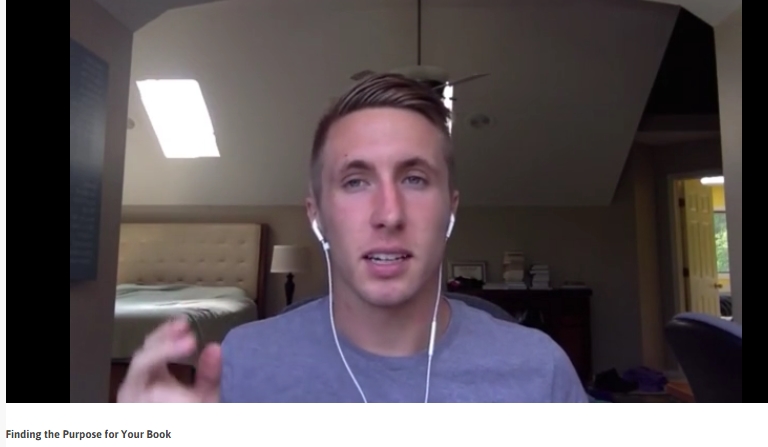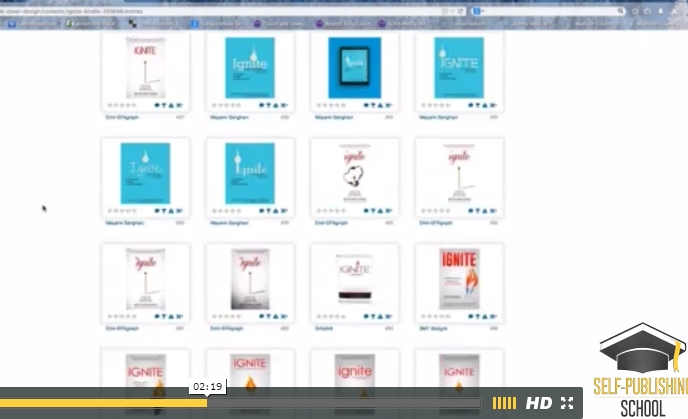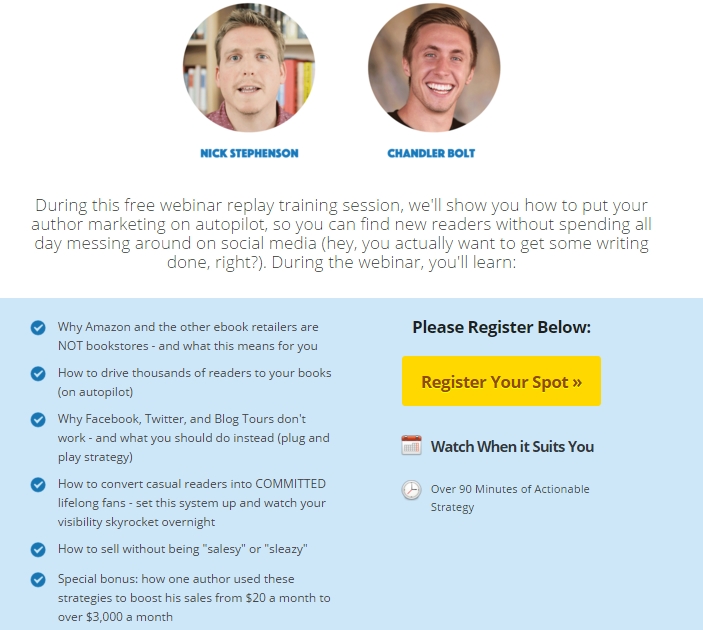PPC (pay-per-click) consultants are experts working in the shadows to manage the online advertising campaigns of a company. Their job involves a lot of internet marketing tasks like keyword research and mastery of ad programs from Google AdWords, Bing, Yahoo, Facebook, LinkedIn, and other platforms. Because pay-per-click advertising is an effective, yet costly endeavor, companies hire PPC consultants to ensure the job is done right the first time.
If you’re confident of your Internet Marketing skills and looking for a challenging career that you can perform at the comfort of your own home, then check out PPC consulting as a home-based job.
PPC Consultant Qualifications
The best thing about this job is that you don’t need any diploma or formal education to become successful. However, you do need an in-depth portfolio that would prove you can reduce advertising cost, while improving ad performance and click-through rates. This includes:
- Certification – This isn’t a requirement to all PPC consultants, but it helps in proving that you know what you’re talking about. Google’s AdWords certification, for example, involves two exams about online advertising in general and AdWords fundamentals. Google AdWords is the world’s largest pay-per-click advertising service and the search engine giant makes the annual certification exams harder each year, so becoming a Google AdWords Certified Partner would pave the way for better opportunities.
- Google Analytics report samples – You can have one of the most in-depth resumes in the planet, but if you can’t show a report that your clients could check to see your deliverables, how can you prove that you’ve managed a successful ad campaign in the past? Having report samples readily available (even with sensitive company information of former clients blocked out) can give new clients a sense of how you manage accounts, track conversions, measure success, and organize information in general.
- Ability to use Important PPC tools – PPC involves a lot of research and data, but tools make it easier to handle these tasks. Unfortunately, many of them have a learning curve that only extended use could solve. As a PPC consultant, you should be well-acquainted with tools like SpyFu (for competition research), Ahrefs (SEO tool with PPC functions), SEMRush (PPC ad monitor and competition analysis), Google Trends and Google Keywords Planner (keyword research), Microsoft Excel (exporting large amount of PPC data), and PPC Protect (PPC budget management), among others.
5 Things That Make You Better than the Next PPC Expert
What separate you from the next pay-per-click expert online are these 5 important things:
- Excellent communication skills – After selling your skills to a potential client, communication continues to be an important aspect since you’ll need to explain everything about the job from your ad campaign plan to actual results, fees, methods used and recommendations to help website traffic improve, among other important issues.
- Proof of ad campaigns with significant spend – It’s common for a pay-per-click expert to claim success over a personal blog’s ad campaign. However, if you can show past work with a campaign involving a significant amount allocated to PPC ($10,000/month or more) and supporting reports to show how you managed this amount, you’ll be in another level in the PPC world.
- Free assessment – Real PPC experts are willing to study your case, provide recommendations and an estimate of costs. This gives potential clients a chance to see your strengths and determine if you’re the best person for the job. An assessment includes information about the client’s competition, business goals, budget allocation, and detailed action plans.
- Transparency – Ad campaigns require a unique account for every platform, such as Google AdWords, Facebook, etc. A good PPC expert must ensure all accounts created are owned by the client and provide a comprehensive report detailing where every cent went. PPC consultants who have been in this ever-changing field know too well that they cannot make guarantees. You’ll need to be transparent from start to finish, especially if the campaign isn’t getting desirable results.
- Research and analytical skills – Experienced PPC consultants continuously research and analyze data even in the middle of a campaign. They examine the performance of keywords, specific ads on every platform used, and adjust as necessary with the go-signal of the client.
How Much Do PPC Consultants Make?
Freelance PPC consultants charge two kinds of fees – one for set-up (wherein the client takes over once you’ve began the ad campaign) and the other is for management fee (charged monthly because PPC consultants manage everything).
Set-up fees range from $1,000 to $5,000, depending on how big an ad campaign your client wants. Monthly management fees can go as low as $300/month or 10% to 15% of your client’s monthly spend (the monthly budget they have for the PPC campaign).
The income you earn as a PPC consultant depends on the services you’d be providing. Tasks like copywriting, ad design or restricting existing ads may require extra payment on top of the monthly fee.
The Bottom Line
PPC consulting is a continuously growing field – AdWords (Google’s own PPC platform and the biggest of all pay-per-click programs in the world) accounts to 95% of the search engine giant’s annual revenue.
PPC done right leads to businesses making an average of $2 in revenue for every $1 they spend on AdWords, which is why pay-per-click managers, consultants or experts have been in-demand in recent years. However, PPC consulting is one of those jobs that experience is a must. You simply cannot “just wing it,” especially since you’ll be handling your clients’ advertising fund for them.
If you do land a career in the PPC field, the income potential is substantial and job outlook is promising. Plus, you can completely perform every aspect of your job at home.











